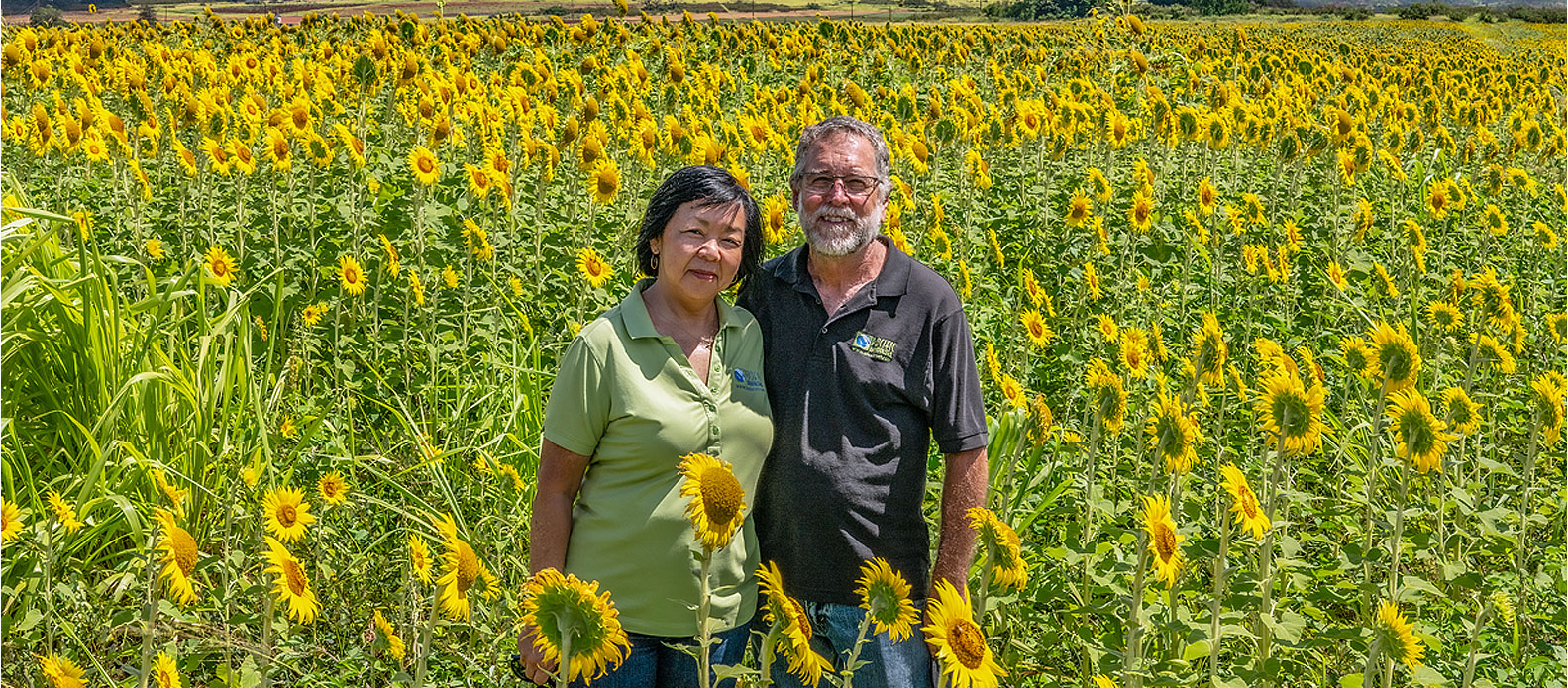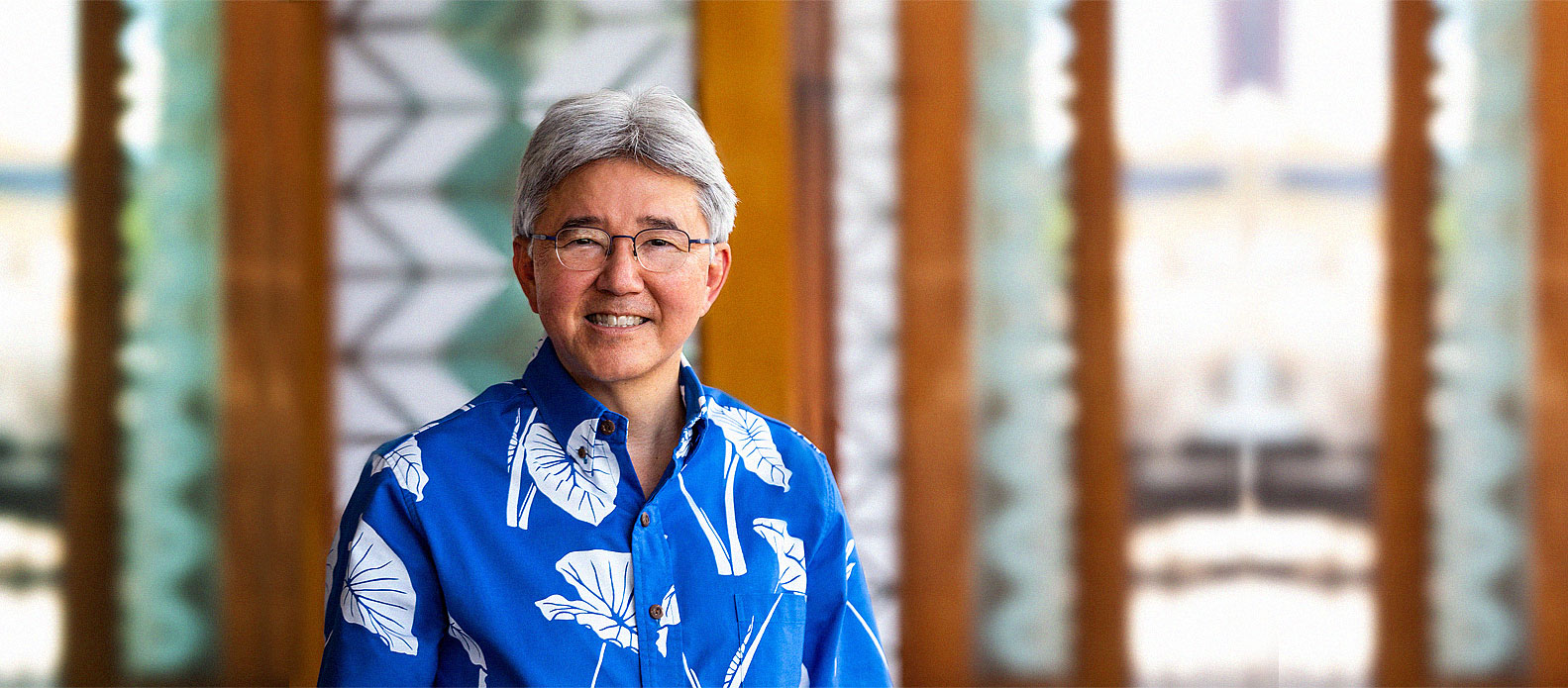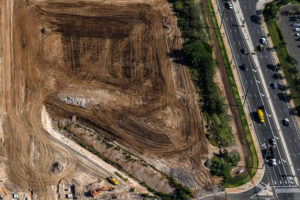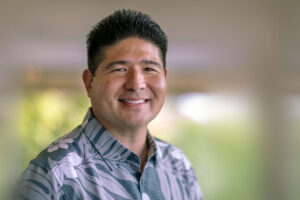Introducing the Pathways to an Open Grid Project
The State of Hawai‘i committed to meeting 100 percent of its electricity needs with renewable energy by the year 2045, and multiple studies show this goal can and should be achieved earlier than the 2045 target. As of 2017, Hawai‘i is already meeting 25 percent of its electricity needs with renewable energy, and more than 20 percent of customers have adopted rooftop solar. As adoption levels rise, the energy landscape will become increasingly reliant on additional distributed energy resources such as renewable generation, off-peak energy storage, demand response programs, energy efficiency and electric vehicles.
The Pathways to an Open Grid Project is a first-of-its-kind effort at crowdsourcing data and soliciting stakeholder input to develop a transparent, web-accessible tool that evaluates the integration of distributed energy resources on O‘ahu. The project’s dynamic O‘ahu Assessor map offers a street-level view of O‘ahu’s electricity grid, reporting how and where energy is used throughout the day and providing analysis of electric vehicle charging and solar generation adoption.
The project is a culmination of a nine-month collaboration between the Hawai‘i Natural Energy Institute and Kevala Inc., an Elemental Excelerator cohort company, and is also tapping the expertise of Oregon-based planning and policy consultancy Gridworks to facilitate and report on input from more than 80 Hawai‘i-based stakeholders taking part in this project through a series of nine workshops held on O‘ahu.
“Kevala’s platform surfaces temporal and geographic data at a level of granularity that has previously not been aggregated for public use,” says Kevala founder and CEO Aram Shumavon. “This information can be used immediately to evaluate scenarios and develop programs to support achievement of the State of Hawai‘i’s 100 percent renewable target.”
Potential users of the tool include utilities, policy makers, market participants and environmental advocates. Users can quantify the delivered cost and feasibility of integrating additional clean energy resources onto the grid by varying the amounts of renewable generation and electric vehicle charging patterns at different locations throughout the island.






















